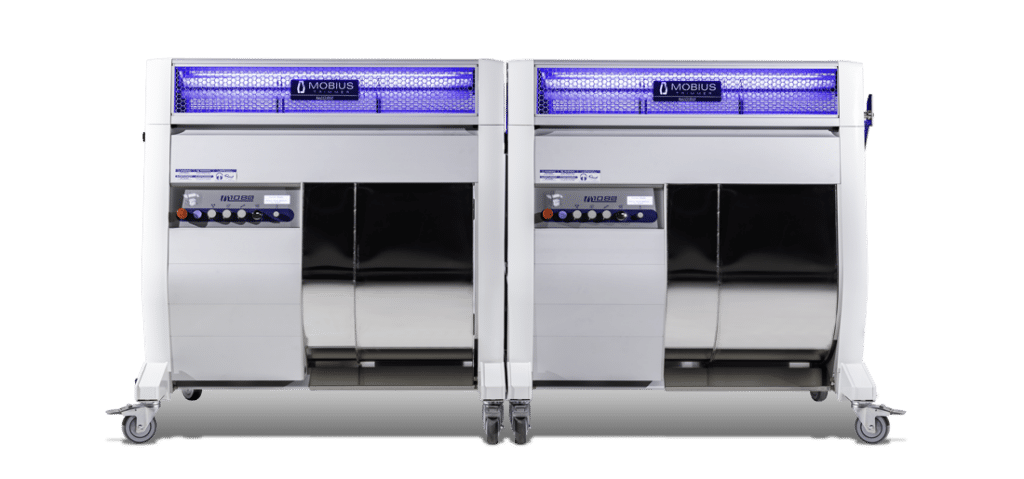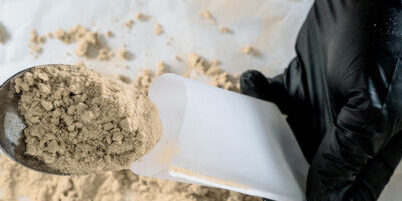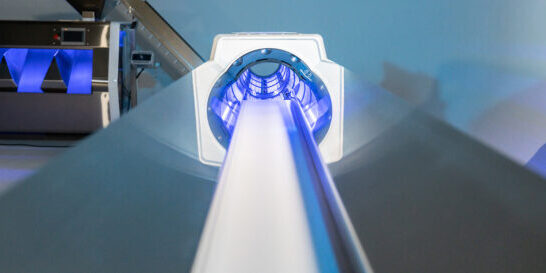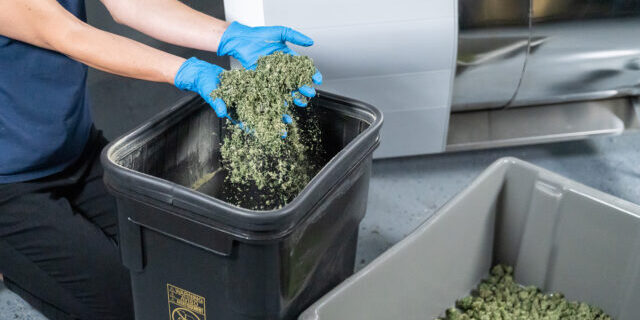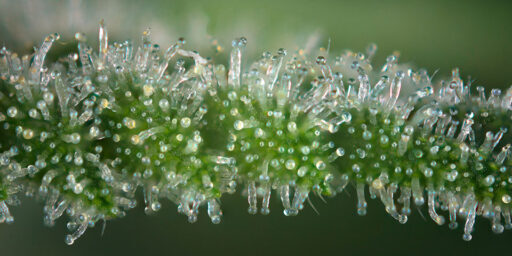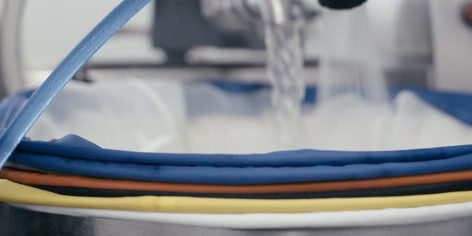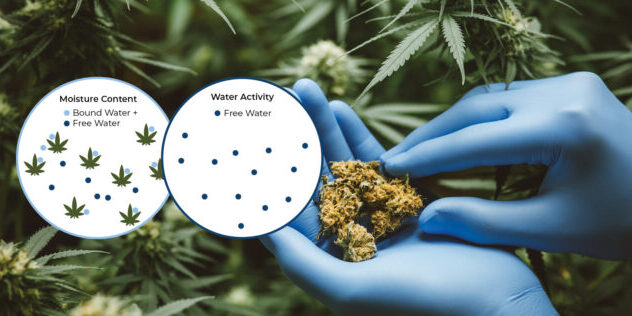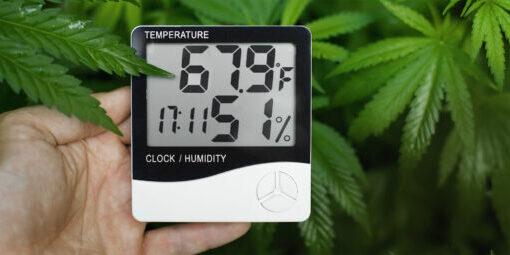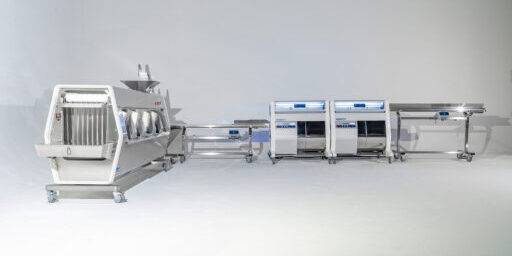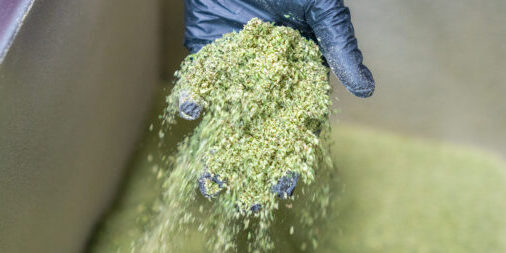How to Choose the Best Cannabis Trimmer
The cannabis industry has changed. Wholesale prices are down while competition in the space is up. While the regulatory environment remains in flux, one thing is certain: it’s nearly impossible to compete against cultivation operations that use cannabis trimming machines.
Even boutique cultivators—who pride themselves on their hand-trimmed quality—are quietly adding mechanical cannabis trimmers to increase their efficiency and reduce operating costs.
Whether you are transitioning to machine trimming or upgrading an existing unit in your facility, you’ll want to make an informed decision on how to choose the best trimming machine. Learn about current trimming technologies and how—or if—hand trimming will factor into your operating procedures. Gain insights into what may work best for your operation, and you’ll reap the benefits of lower operating costs and higher consistency.
Why Trimming is Critical
Without quality trimming procedures, otherwise-excellent cannabis loses its value, usually in one of two ways:
Under-trimmed cannabis disappoints consumers. When excess plant material and sugar leaves remain attached to the flower, the product is less attractive and produces a harsh smoke. These small leaves contain less cannabinoids than the flower itself, so the overall potency percentage is lower.
Over-trimmed or over-handled cannabis loses its potency. Delicate trichomes rupture or detach when the flower is mishandled or trimmed too tight. The resulting loss in potency and aesthetics related to the shape and terpene profiles decreases “bag appeal” and revenue potential.
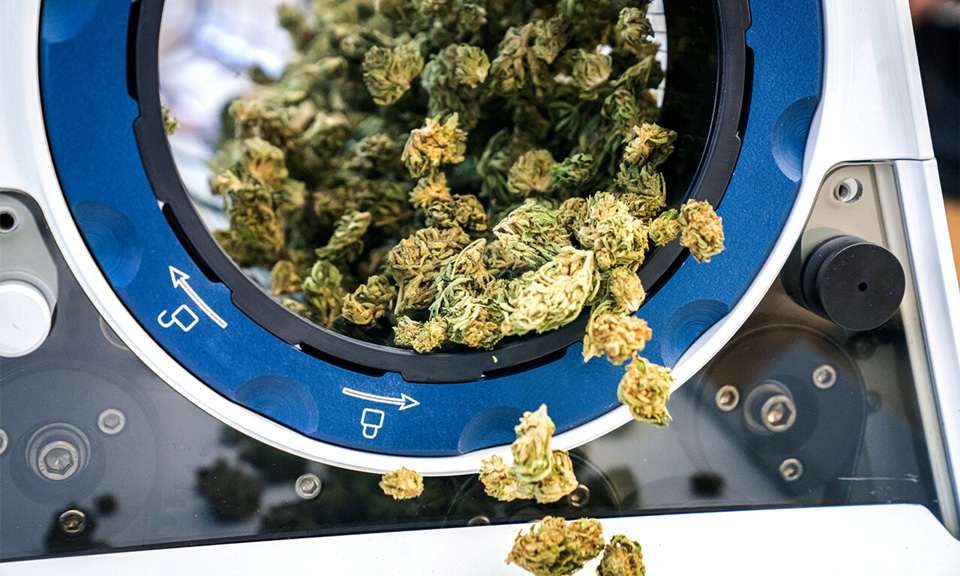
The Transition Away From Hand Trimming
The hand-trimming method—removing leaves by hand with trimming scissors—is laborious and has numerous drawbacks, yet remains critical in several scenarios.
Hand trimming is a reasonable strategy for cultivators who are just beginning to scale their businesses. Many cultivators will perform a final “hand trim” after machine trimming to appease connoisseurs who believe hand trimming increases quality.
Hand Trimming Facts
- A human trimmer can process 1-3 pounds of cannabis per day.
- The average hourly wage of a cannabis trimmer is around $15 per hour.
- Key considerations of hand trimming are labor costs and whether product quality drives revenue.
The Hand Trimming Process
- Cut harvested cannabis plants into individual stalks.
- Remove large fan leaves by hand and buck the cannabis buds from their stems if wet trimming. For dry trimming, bucking will be done after the drying process.
- Hang to dry for approximately two weeks for the dry trim method until moisture content falls to approximately 11%. For wet trimming, flowers will be cut immediately after harvesting and bucking.
- Trim to the desired level, removing smaller leaves using trimming scissors.
Pros of Hand-Trimming Cannabis
Attentive technicians can deliver perfectly trimmed cannabis. Unlike older automated trimming machines, humans can remove leaves without affecting the surface of the flower. This increases quality, potency, and marketability.
Well-trained hand trimmers can also preserve the shape of the flower. For cultivars with unique shapes, hand trimming preserves flower structure—whether the buds are wispy sativas or dense indicas.
Another argument for hand trimming is job creation. Trimming creates thousands of entry-level jobs, providing opportunities to people who want to get started in the cannabis industry.
Cons of Hand Trimming
The flip side of the job-creation argument is hand trimming’s monumental expense for a commercial grower. Mechanical trimmers can reduce processing labor—and processing payroll expenses—by up to 75%.
Human trimmers experience fatigue, and quality control varies from person to person, leaving room for inconsistency and individual discretion. Repetitive strain injuries are common. That’s why experts recommend cannabis trimmers intermittently perform other tasks to avoid tendonitis.
Because hand trimming creates a high labor demand, cultivators experience secondary HR expenses from hiring, firing, training, and processing worker’s compensation claims for their trim crews, which may number 50 people or more, depending on the size of the harvest.
For seasonal outdoor harvests, onboarding dozens of trimmers adds to the stress of the harvest and poses other problems as well:
- Employee theft increases when the number of employees increases.
- Also, bringing more employees into the processing room increases the risk of contamination from mold spores, pathogens, human hair, and more.
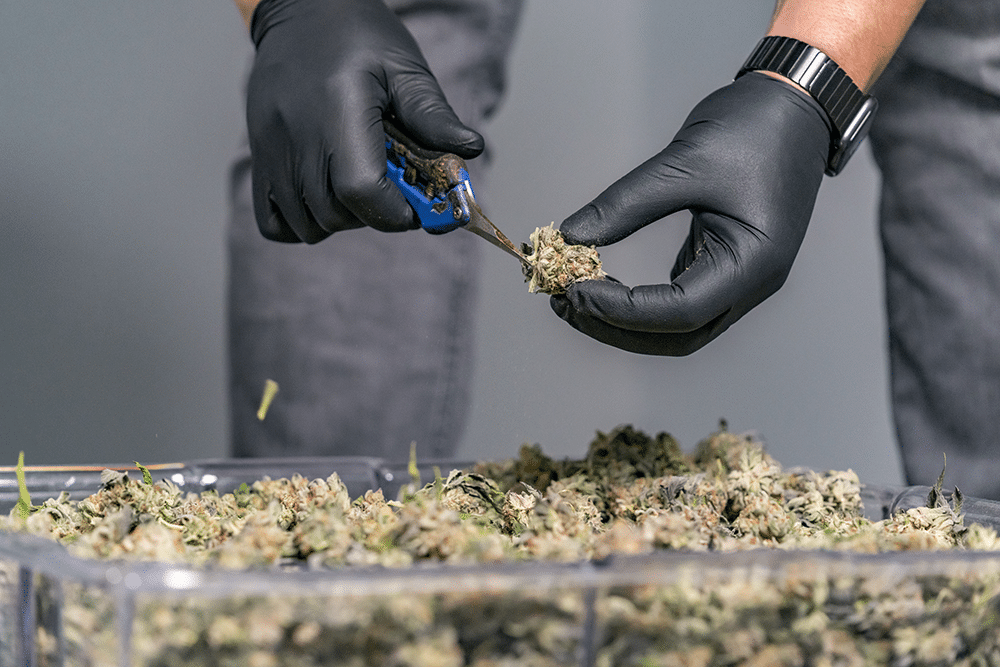
Hand Trimming with Help From a Cannabis Trimming Machine
Cultivators have combined legacy trimming machines and human trimmers in several ways for several reasons.
Some will run all of their crops through a machine trimmer for a loose trim. Then—due to concerns about the machine’s potential to impact quality—they finish the job with hand trimming.
This combination saves time because it reduces the amount of hand trimming and maintains quality because the leaves closest to the delicate flower are removed by hand.
Alternatively, some cultivators have a human trim crew and a bud trimmer machine working independently of one another. These legacy machines handle the smaller, less marketable flowers, and humans trim the larger, premium flowers, which are sold separately.
Hand trimming may outperform legacy trimmers based on the genetics of the crop. Older machine trimmers struggle to perform well on sativa cultivars that have light, wispy flowers, and lighter flowers are more easily damaged. Some newer trimming machines, however, are able to produce consistent, hand-trimmed results without damage to the flower.
Choosing the Best Cannabis Trimmer
The best cannabis trimmer is the one that’s right for you and your intended product. There is no one-size-fits-all solution.
Moreover, harvest volumes and buying power aren’t the only considerations in determining the best bud trimmer machine—product-quality metrics, staff availability, and workflow preferences are also factors.
Criteria for Trimmer Selection
- Wet or dry trimming preference
- Workflow preferences
- Final product intention (extracts, premium flower, pre-rolls, etc.)
- Budgetary constraints
- Labor availability
- Facility layout
Cultivators seeking a premium final product will likely choose dry trimming. Drying the flower before trimming slows the dehydration process and preserves the cannabinoids and terpenes that give good cannabis its potency and distinctive aromas.
Cultivators in humid climates are more likely to prefer a shorter drying period. Rather than trim dry, they detach the flowers and trim the excess biomass immediately using the wet trimming method.
Your facility layout can influence your choice of trimmer. If you lack the space for a large drying room, a wet trimmer may be preferable because the product will need less space to dry. If you’re outdoors, a batch trimmer could be ideal.
Another factor to consider is ease of cleaning and maintenance. All mechanical trimmers require frequent cleaning. Because cannabis is resinous, the cutting surfaces accumulate sticky build-up that affects performance. For efficient operation and top quality, it’s important to follow your manufacturer’s recommended cleaning intervals (usually 2-4 running hours, depending on production volumes).
Your needs for a trimmer will also be based on your final product goals. When cultivating specifically for extraction, a loose trim saves time without impacting the quality of the resulting concentrates. Machine trimming is always preferable to hand trimming for extraction-only cultivators.
And, of course, your harvest volume plays a critical role in your choice of trimmer. Make sure to select equipment with a processing capacity in slight excess of your current demand. Consider how you will add trimming capacity when the time comes to scale your business.
Some trimmers—like the Mobius M108S—run in tandem with one another. So, when you need additional processing capacity, you can add another inline trimmer to increase speed.
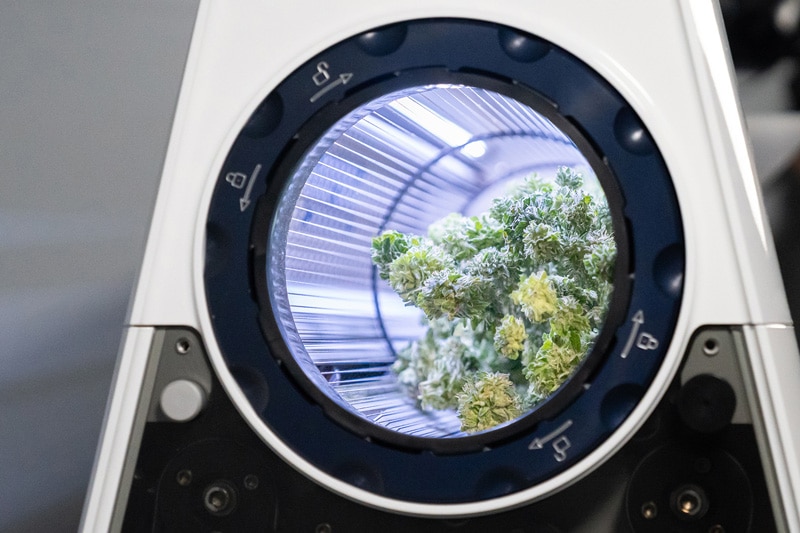
Talk to an expert about your trimming operations today.
Cannabis Trimming Machine Types
Commercial bud trimmers are available in two basic design configurations: batch and throughput. Both are much faster than hand trimming, and both have unique workflow dynamics.
Batch Trimmers
Unlike throughput trimmers, which function continuously, technicians load and unload this style of cannabis trimming machine one batch at a time.
Batch Trimmer Facts:
- Most batch trimmers are dry trimmers. They generally will not trim wet material.
- Sizes and production capacities vary widely.
- Best for smaller and medium-sized or outdoor cultivators.
Production Capacity:
5-88 lbs/hr
Cost:
$1,000-$27,000 USD
There are two basic styles of dry batch trimmers, named for the configurations of their trimming chamber. The first is a turntable; the second is a tumbler/barrel.
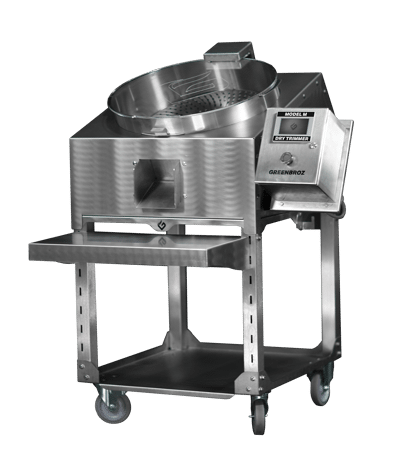
Turntable (Stand-Up) Batch Trimmers
Turntable batch trimmers—otherwise known as stand-up or rotating trimmers—are a popular model from the early days of cannabis legalization and processing.
Turntable batch trimmers are a derivative of bowl trimmers—the countertop trimmers popular with home growers.
With this style of batch trimmer, the flowers tumble in a wide, shallow bucket while rotating grates on the bottom of the chamber act as a cutting system.
Using a Turntable Batch Trimmer
- Remove the lid and load the manufacturer-recommended amount of dried, detached cannabis flowers into the turntable trimming chamber.
- Close the lid and run the machine at the preferred speed for 3-10 minutes. Lower speeds slow the process but improve trichome retention.
- Release the trap door on the bottom of the trimmer to collect trimmed buds.
- Perform touch-up hand trimming for quality control.
- Remove by-product trimmings, which collect in a compartment below the turntable.
The size of the cutting surface (i.e., the bottom of the trimming chamber) determines the processing capacity of a turntable batch trimmer, as does the overall design and build quality of the unit.
Tumbler (Barrel) Batch Trimmers
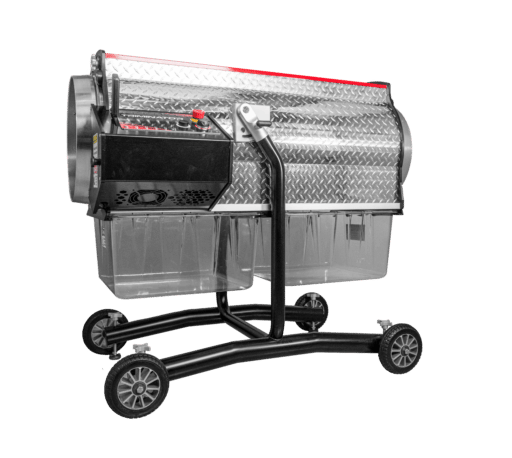
Tumbler batch trimmers—otherwise known as barrel batch trimmers—are a favorite among outdoor growers because of their portability and high processing capacities.
Tumblers generally employ a perforated sheet-metal cylinder that rotates across a shear band that snaps off dry leaves. Like the turntable, by-product trimmings fall into a compartment below.
Using a Tumbler Batch Trimmer
- Tilt the barrel upright and lock it in place.
- Remove the front cover and load the manufacturer-recommended amount of dried, detached cannabis flowers.
- Replace the cover and return the barrel to a locked, horizontal position.
- Run the machine at the preferred speed for 3-10 minutes.
- To empty the product, tilt the front of the machine downward and remove the front cover.
- Perform touch-up trimmings and remove by-product trim from the compartment below the tumbler.
Tumbler cannabis trimmers often have wheels that make it easy to maneuver them over uneven terrain at outdoor farms.
The largest tumbler trimmers have high minimum run quantities that pose a problem for smaller cultivators needing to trim less than 5 pounds of craft cultivars.
Pros of Batch Trimmers
Both styles of batch trimmers are simple, stand-alone additions that dramatically increase processing speed compared to hand trimming.
One person can operate 2-4 batch trimmers, so they work well when staffing is limited. If a technician is operating just one batch trimmer, they can perform other tasks, such as quality control and minor touch-up trimming as needed.
Batch trimmers are fairly easy to clean, and most are pressure-washable.
Cons of Batch Trimmers
The start-and-stop workflow of batch trimmers may be a problem for scaling cultivators. When harvest volumes rise, these growers can add another batch trimmer, but, when operating six or seven batch trimmers simultaneously, other production methods—like throughput trimmers running in tandem— are more efficient and cost-effective.
The typical design of a batch trimmer only processes dry material (approximately 11% moisture content) and will not wet trim. Due to the enclosed trimming chamber inherent in a batch-style dry bud trimmer, attaching a vacuum line for removing heavy, wet material is difficult.
Batch-by-batch trimming also neglects the principles of lean manufacturing that make throughput trimmers more efficient. That is, a batch dry trimming machine does not allow assembly-line style workflows that are the golden standard in other more established industries. As a result, a dry batch trimmer is likely not the best option for streamlining your operation.
Throughput Trimmers
Throughput trimmers leverage “lean manufacturing” principles. By trimming product continuously—rather than batch by batch—throughput trimmers streamline your processing operations.
With throughput trimming, wet or dry cannabis flowers pass through a bladed tumbler and emerge trimmed on the output side.
Throughput Trimmer Facts:
- Most throughput trimmers are compatible with both wet trimming and dry.
- Throughput trimmers enable further automation with an assembly-line workflow.
- Best for medium- to large-scale cultivators and rapidly growing operations.
Production capacity:
10-600 lbs/hr (DRY)
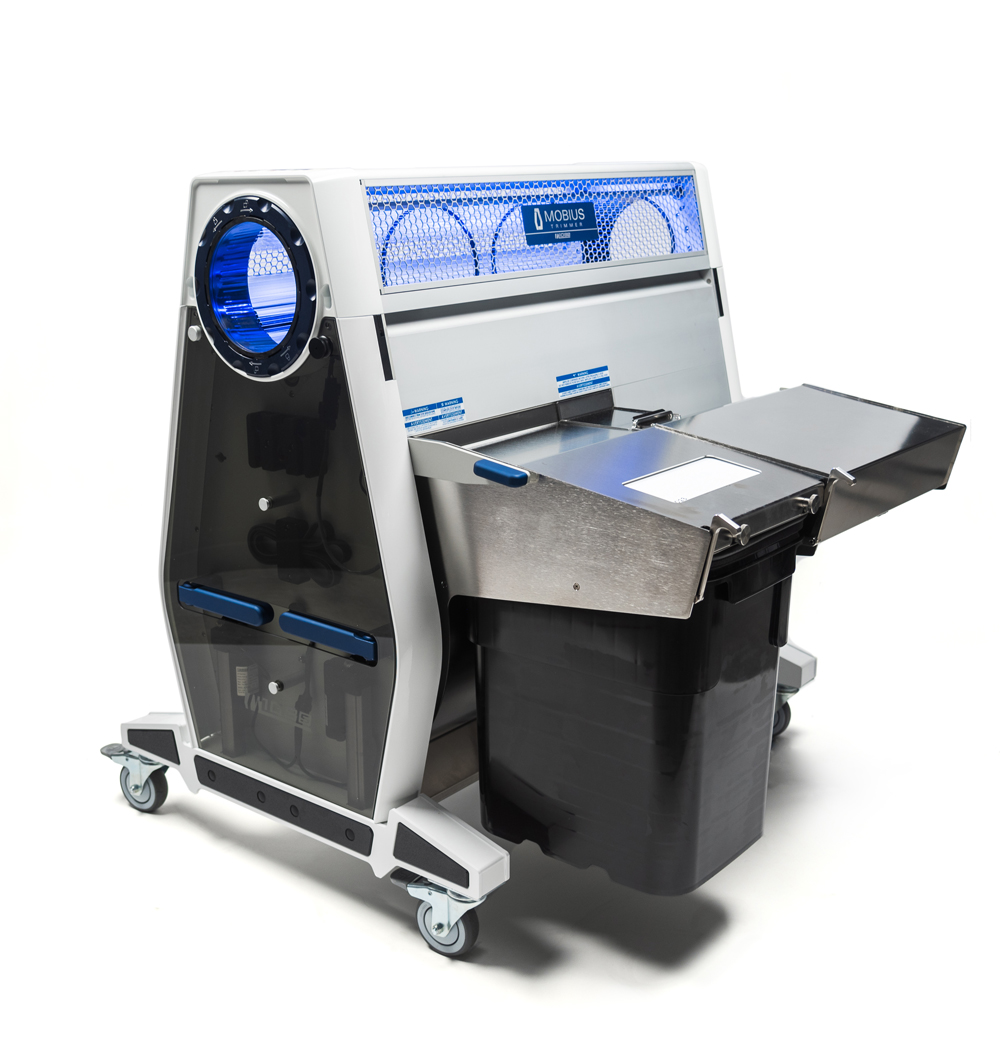
Mobius M108S Trimmer— 60lbs/hour dry | 120lbs/hour wet ($49,700)
Centurion Pro Original Hybrid Trimmer—10 lbs dry | 50 lbs wet ($4,995)
Twister T-Zero Pro Trimmer—125 lbs/hour dry | 600lbs/hour wet (~$255,000)
Cost:
$5,000 – $255,000 (approx.)
Using a Throughput Trimmer
- Load detached flowers (wet or dry) into the trimmer’s infeed port. A conveyor can optimize this process for improved flower quality and feed rates, but feeding the machine manually is acceptable.
- At the outfeed side, perform a quality-control inspection. “Crow’s feet” and any extra leaves must be removed by hand.
- As the trimmer operates, adjust the settings and tilt angle of the tumbler to increase or decrease the closeness of the trim. The residency period of the material in the tumbler determines how tightly or loosely flowers are trimmed.
Wet vs. Dry Processing
Throughput trimmers can handle wet material because they use a vacuum to remove the heavy, wet trimmings from the tumbler. The vacuum, which is arranged below the tumbler, pulls the flowers downward against the tumbler and blades below and collects the by-product in a separate container.
Some legacy throughput trimmers feature external vacuum systems that take up space in the processing room. This design makes cleaning difficult because the vacuum hoses and ducts have large internal surface areas that are hard to reach and fully clean.
Dry plant material requires much less force to detach the leaves and, unfortunately, trichomes, which can be lost to rough handling. Unlike most cannabis trimmers, the Mobius M108S uses an adjustable-speed vacuum to preserve the trichomes of dry material. Legacy trimmers—which do not feature adjustability—compromise the product and its market value.
Pros of Throughput Trimmers
Throughput trimmers complement other automation strategies. With the advent of infeed conveyors, feeding a throughput trimmer freshly bucked flowers is nearly effortless. An outfeed conveyor can serve as the perfect workstation for quality control tasks. If you add a bud sorter at the end of the conveyor line, all processing tasks can be completed on harvest day.
When it’s time to add processing capacity, another throughput trimmer can be positioned in line with the first (also known as tandem trimming). This increases speed, quality, and efficiency without affecting the workflow dynamic or creating more loading-and-unloading work.
Additionally, throughput trimmers use true blade systems for a scissor-like cut. Batch trimmers, by contrast, utilize a shear band that snaps dry leaves rather than cleanly severing them. Modern trimmers like the M108S also have adjustable features to dial in the level of trim depending on moisture content, cultivar, and desired end product.
Cons of Throughput Trimmers
Unlike batch trimmers that can be managed by one worker, a few technicians are needed to properly operate the machine and provide QC on a throughput cannabis trimmer.
A consistent infeed rate is important because the volume of material in the tumbler affects the material’s movement and overall residency time. An infeed conveyor can mitigate inconsistency and make operation easier.
Typically operating at a larger capacity, throughput trimmers require more frequent cleanings. Look for a trimmer that is quick and easy to disassemble to reduce production downtime.
Designing the Mobius M108S
Our team designed the wet and dry-compatible Mobius M108S trimmer to a new standard. Not only is the build quality higher than other throughput trimmers, but the M108S also solves many of the problems that plagued legacy machines.
The patented AirThread Tension Tumbler of the M108S requires no adjustments—it’s perfect every time for exacting hand-trimmed quality. Unlike a sheet-metal tumbler, the AirThread tumbler utilizes surgical-grade cables that increase blade exposure for faster trimming and shorter residency times.
Three helical blades provide the flower with 50% increased blade access compared to the industry standard of two-blade systems, further reducing the product handling within the machine for increased potency and market value.
The GMP-ready Mobius M108S features an integrated vacuum and trim collection system. This system reduces cleaning and, because the by-product material does not pass through an impeller, it preserves the potency of the trimmings for additional applications such as extracts and pre-rolls.
Every aspect of the Mobius M108S is adjustable for better product handling and optimum production speed. The tumbler rotation, tilt angle, blade speed, and vacuum power are all in your control for better product quality.
At full tilt, the M108S delivers best-in-class speed for both wet and dry trimming. When it’s time to expand, the M108S couples with another M108S for more than twice the speed and production capacity of one unit alone. For those seeking further automation, Mobius offers a full automation suite of infeed conveyors, outfeed conveyors, sorters, buckers, and mills.
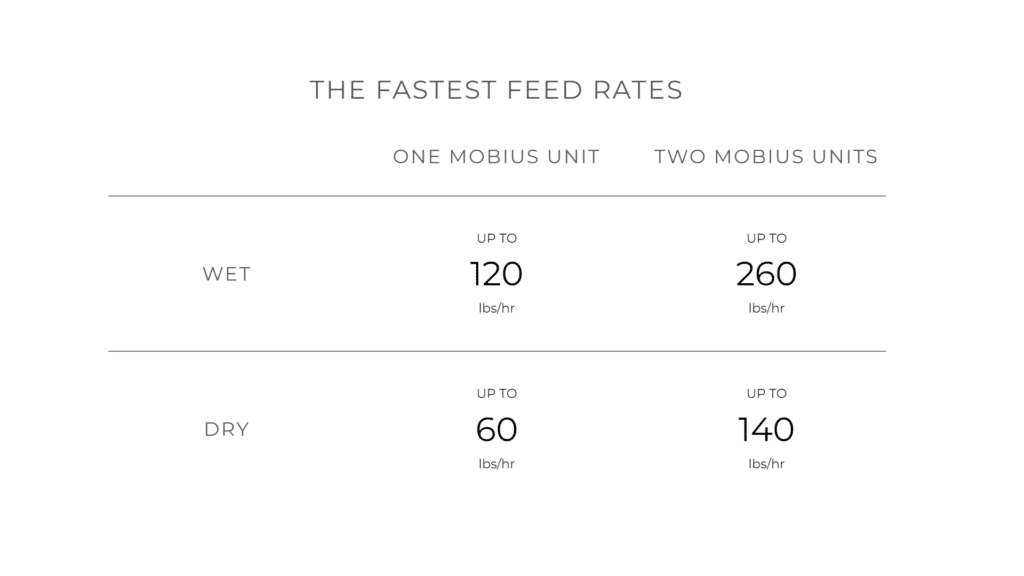
Ready to Upgrade Your Trimming Process?
The Mobius team of cannabis processing experts is here to answer all your trimming-related questions—whether you’re transitioning away from hand trimming or ready to upgrade to full automation.
